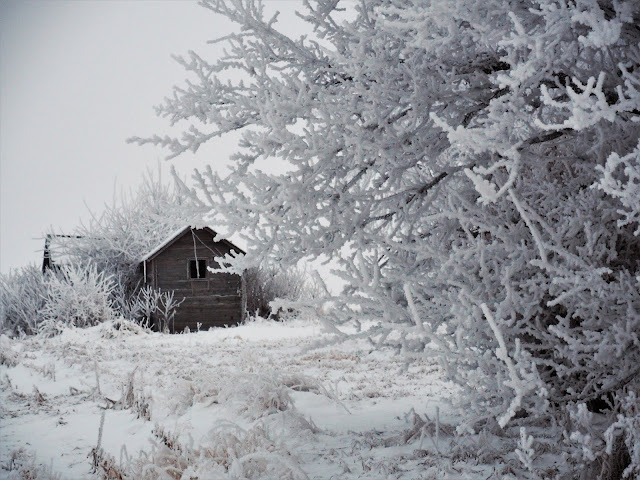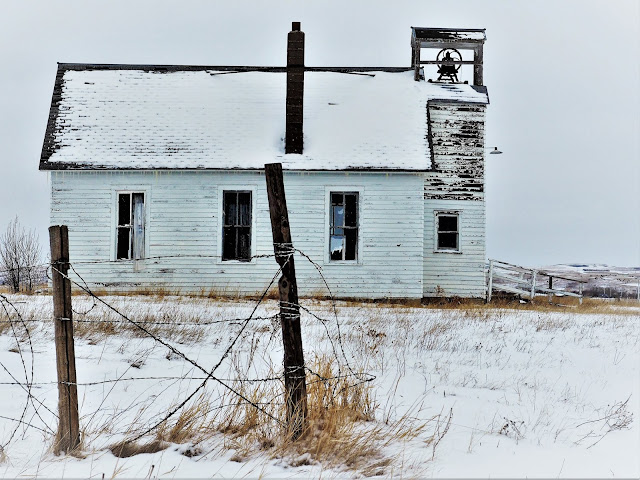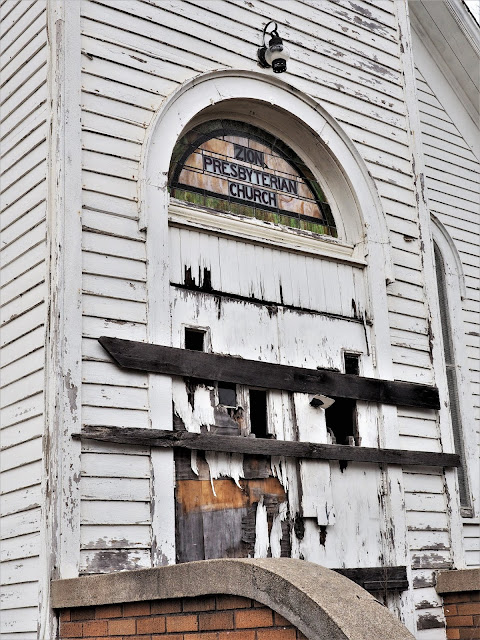
It’s still there. Maybe. I haven’t been out there for some time now, but as long as that abandoned place is circled by a substantial grove it remains pretty much hidden from passers-by. Apparently, whoever owns it isn’t thinking about how much more corn he or she could grow on a homestead that has otherwise disappeared.
Friends of ours once pointed to the place as a kind of dream location–and it is. They fantasized snuggling a new house in that grove, up high enough to see for miles all around. Whoever built the place chose well. Still, this picture is 15 years old. Who knows what the place looks like today?

A close friend lived here once upon a time. The family was poor, although I’m sure the house looked better when his family called it home. I didn’t know who had lived there when I stumbled on the place, early in the morning a ton of years ago. I snapped pictures because abandoned places tell stories, even if you don’t have a clue who lived there or what the story is about.
That friend of mine was killed a few years ago in a car accident. That’s when I discovered who lived there.
Today, the house is gone. Some couple bought the acreage and put up a new one. Maybe that’s a good story.

Once upon a time, a kid needed a hoop. Maybe his mom bought him a basketball, but never thought about his not having something to shoot at. Rather than buy one, Dad said he’d make one himself, went into the machine shop, found a couple of otherwise useless iron pieces, put a spot of weld on where needed, then bolted the whole thing above a door–perfectly good rim. Don’t think you’re going to go out there to shoot threes. The whole place is gone too; the picture is also 15 years old.

Just another kind of ruin, really, an old truck parked up against one of the outbuildings, doing nothing, windows open to January. Only thing pronounced about it is the proud lettering.

Here’s another, same genre–sort of Bonnie-and-Clyde-ish–stuff left behind. Found this old abandoned guy somewhere north and east of Cherokee. It may still be there–that was just a couple of years ago.

The hoarfrost turns this old abandoned place almost Disney-ish. So much virginal here that you have to look twice to notice the ruinous old place amid all the wedding allure.

Once upon a time, a reservation church. Episcopal. Up there in the belfry, a bell waiting once again to be rung.

This one feels almost demonic. I think I could torch the place myself, rather than have it minister in this way to people passing by.

And this. An old school in its obsolescence still wearing a cartoon face.

If I’d tally how many shots I’ve taken of ruins through the years, I’d be ashamed. The region is full of them. But what is it with old barns, old houses, old churches, old cars? Calvinist that I am, is it some innate predilection for mutability that makes me stop and shoot?–do I take pictures like these because the tower at Babel still crumbles in me? Do I somehow enjoy rolling my eyes at human endeavor?
Or is it the opposite? When I pull over to the side of the road, is it to lend permanence to places and things that appear to have none? Am I trying to make beautiful–to redeem–that which isn’t at all becoming? Is that what I’m doing when I reach for the camera?
To me at least, it doesn’t seem odd or strange to be enchanted by things falling apart; such things remind us, sometimes even graciously, of our tenuous hold on the here-and-now. But isn’t it just as human to notice that which is passing away in order to keep it from the dust?
I don’t know that any other human being has ever laid eyes on that image of the machine shop basketball hoop. I took that picture years ago. But for reasons I don’t fully understand myself, I’ve never forgotten it.

